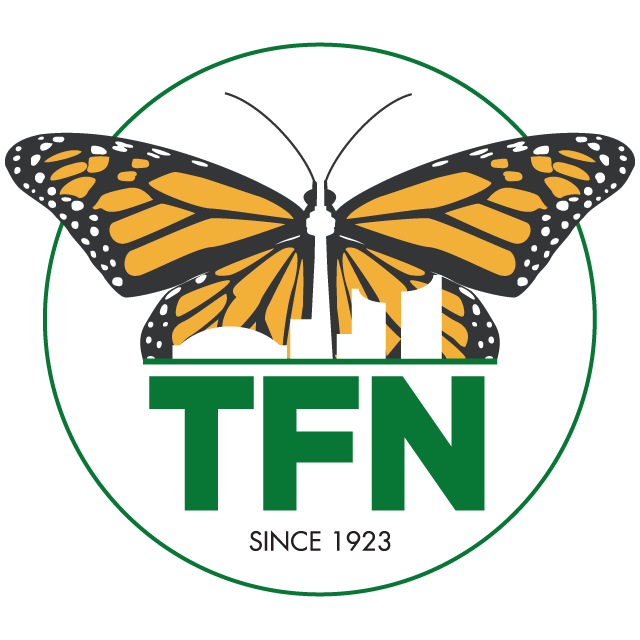Recently two young swans at Bluffer’s Park developed Angel Wing (AW) deformities and were captured to receive treatment at Shades of Hope Wildlife Refuge. AW deformity is a condition affecting young birds, primarily waterfowl. It causes the last joint of the wing to twist so that the flight feathers point outwards, rendering the bird flightless.
AW deformity likely has many causes, including increased intake of high energy food, unnaturally rapid growth, genetics, and pollution. Experts seem to agree that a leading cause of AW deformity is feeding waterfowl foods high in carbohydrates and protein and low in vitamins and minerals, such as bread and popcorn. Bread can also form a doughy mass which blocks the bird’s crop, leading to starvation.
AW deformity is permanent if not corrected in the early stages. Even with immediate splinting and subsequent surgery, many birds do not return to full flight and must be either euthanized or placed in captivity.
We can prioritize the wellbeing of wildlife by allowing them to forage for a natural diet and encouraging others to do the same.
TFN Wildlife Protection Committee.

